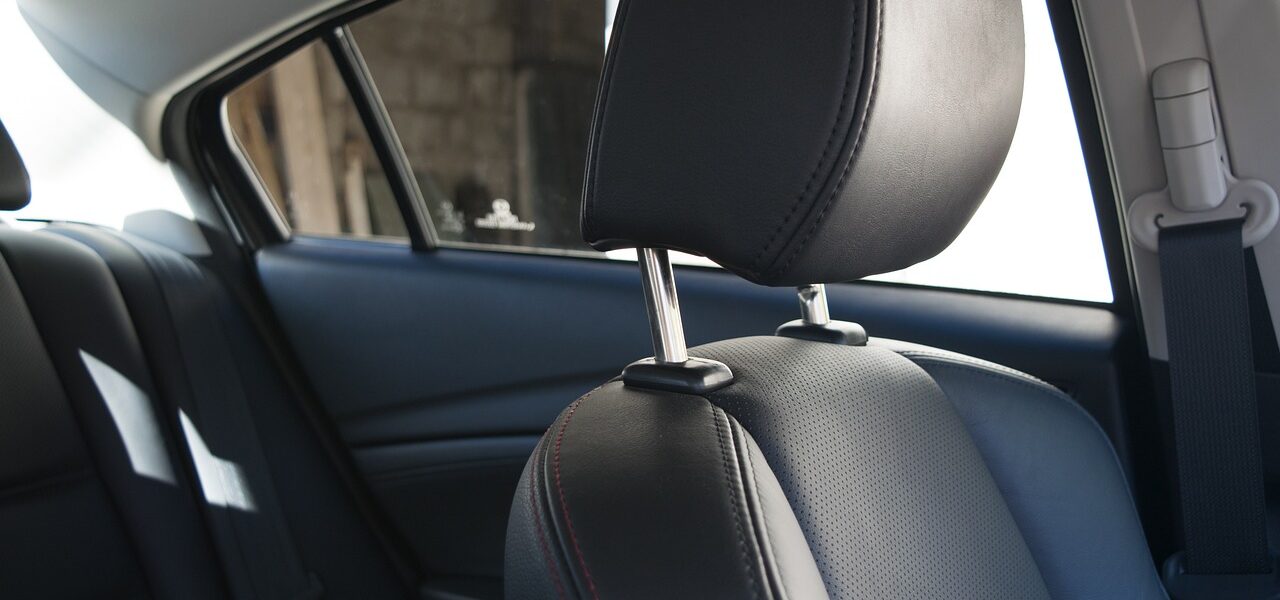Seatbelts keep you in your seat if you are involved in a crash and massively reduce the chance of serious injury and death.
It is essential that both front and back seat passengers always use their seatbelt, both for their own safety and the safety of other vehicle occupants. In a crash, an unrestrained back seat passenger can be thrown forward with enough force to kill the driver or front seat passenger if they hit them.
For the legal requirements on wearing seatbelts, visit the Government guidance page.
In order for your seatbelt to protect you:
- The lap belt should be as low as possible over the hips and the shoulder belt should be lying on the chest and over the shoulder (or have the lap belt flat on the thighs and the shoulder strap between the breasts if pregnant).
- There should not be any slack in the belt.
- You should never use padding or cushions to improve seat belt comfort.
- They must be in good working order.
Also in this section
Page last updated
